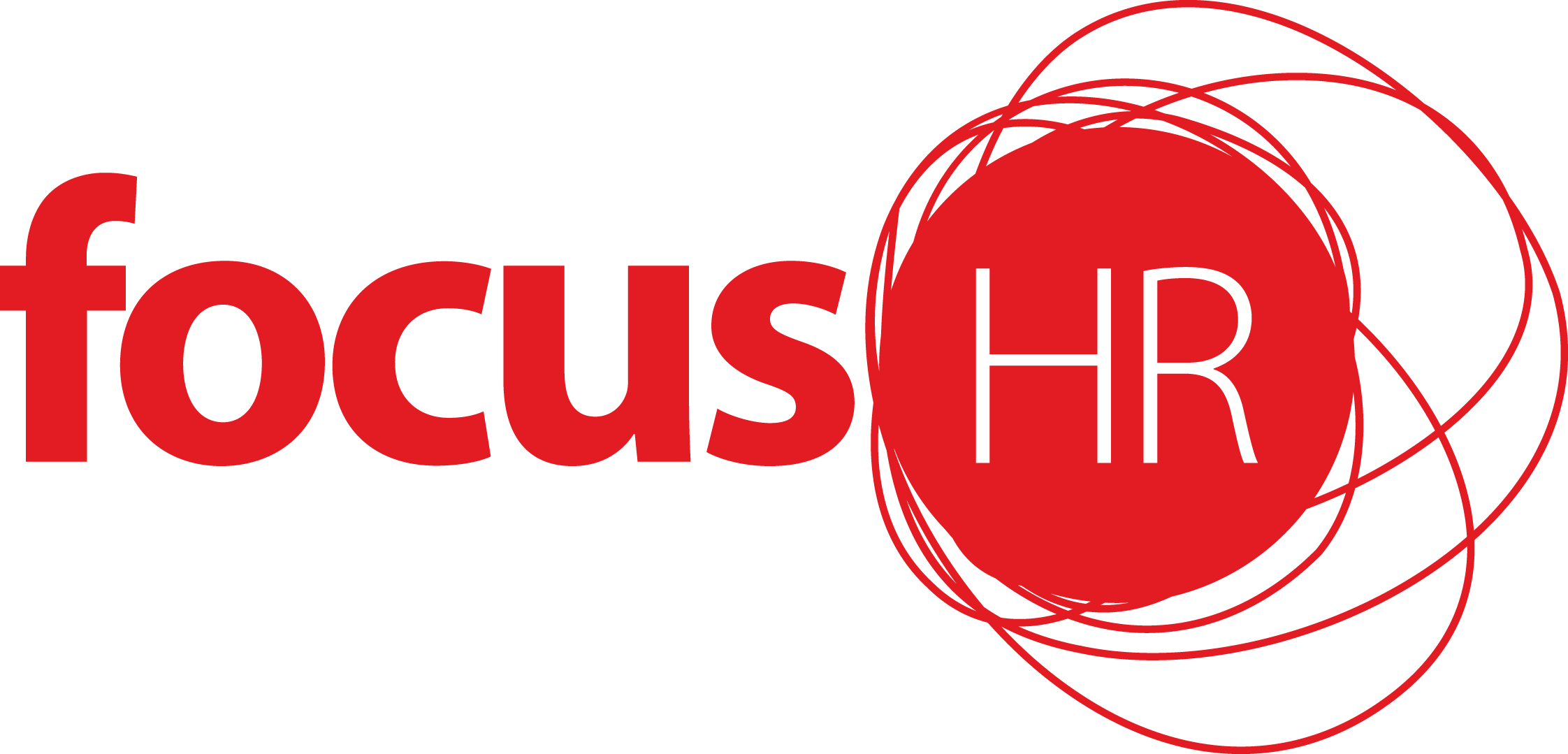Do you remember when you were first learning to drive for the first time?
Initially, the experience was stressful and uncomfortable as new skills were learned in an unfamiliar environment.
With more practice, confidence and understanding, that discomfort became a normal part of the learning process – not necessarily a sign of imminent danger (well maybe for the person teaching you to drive!).
The same could be said for when an employee or team member is asked to step outside their comfort zone or use new or unfamiliar skills.
It may feel challenging. However, with the right support, resources and guidance, this is an opportunity for growth, not necessarily a threat to your well-being.
The key here is recognising that discomfort and challenge are often part of development, while also understanding when something crosses the line into a genuine psychosocial risk.
In today’s workplace, understanding the difference between discomfort and danger is crucial for maintaining both mental well-being and productivity.
How do you identify real psychosocial risks?
No workplace is free from discomfort, stress or challenge. However, understanding when stress becomes harmful is vital.
It’s important to differentiate between genuine psychosocial risks—those that threaten the mental health and well-being of employees—and challenging situations that may simply require employees to push past their comfort zone.
A moderate level of stress can be motivating, offering stimulation and a chance to stretch capabilities. But when stress becomes prolonged and unmanaged, it can cause serious mental strain or injury.
There are many instances in the workplace where discomfort does not equate to danger. These situations may be unhelpful, but they are not unsafe. Consider the following examples:
- Someone not agreeing with your idea
- Receiving corrective feedback or
- Reasonable management action
While these situations might feel uncomfortable or challenging, they do not necessarily create a psychosocial hazard.
Some examples of unsafe workplace behaviours
There are clear examples of workplace behaviours that create genuine psychosocial risks, such as:
- Discrimination
- Harassment
- Bullying
- Sexual harassment
- Prolonged, severe workplace stress
- Hostile personal attacks
- Gaslighting
- Changes to working conditions without proper consultation
- Fear-based work environments
These are not just uncomfortable—they are unsafe and can have significant, lasting impacts on mental health. In these cases, immediate action is necessary to address the risk.
How do you manage stress?
Stress, in moderate amounts, can be a motivator, driving employees to perform at their best. However, when stress becomes overwhelming and unaddressed, it can lead to burnout, anxiety, and even more severe mental health issues. Therefore, managing stress effectively is key to maintaining a healthy, productive workforce.
Managers and leaders should actively check in with their teams to ensure that stress is being appropriately managed and that employees have the support they need to succeed.
Regular communication and support are critical in managing psychosocial risks and ensuring that employees feel heard and valued. Managers should aim to:
- Celebrate wins and recognise achievements.
- Understand employees’ perspectives—what is their biggest challenge? How can they be supported?
- Ensure access to necessary resources or equipment to meet goals.
- Provide support for development needs, workload management, and clarity on available resources.
- Identify broader stress factors outside of work that may be affecting performance.
Managers as coaches
Managers who approach their roles as intentional coaches can have a huge impact on employee well-being. By offering clear guidance, support, and opportunities for growth, leaders can help employees navigate discomfort and turn it into a learning opportunity.
While managers are responsible for mitigating genuine psychosocial risks, they should also recognise that tough conversations and reasonable management actions are a necessary part of leadership. It’s about finding balance—ensuring fairness, perspective, and clear communication, all while supporting the well-being of employees.
In conclusion, distinguishing between unsafe situations and discomfort is crucial in managing psychosocial hazards. By providing a supportive environment, managing stress effectively, and approaching discomfort as a growth opportunity, workplaces can create a culture where employees thrive without fear of harm.
Join us for a practical workshop on May 21 to unlock the power of productive conversations through creating conversational capacity. Register Now!

